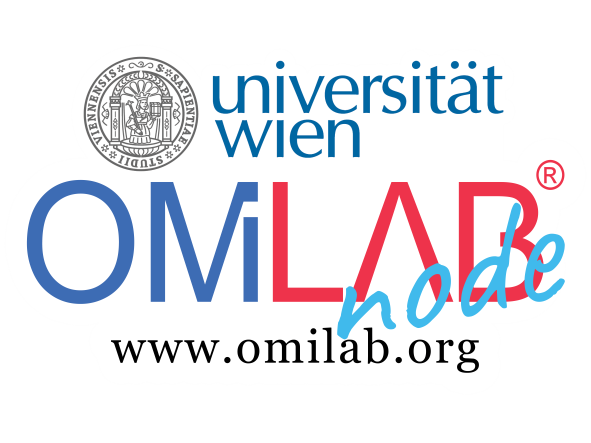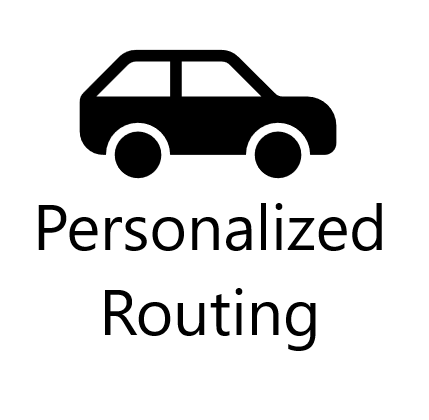Use Case
The concept of personal routing attempts to deal with a problem which, in today’s world, has so far allowed only little personalization. While personalization already plays a major role in many parts of our lives, routing is mainly focused on the factors of fastest or shortest route.
With our approach, we try to offer the routing even more choices, where a user can store his personal preferences for a route. In our car sharing approach, a user can enter which route he wants to drive (from A to B). The user specifies his preferences. Based on the set preferences, the user is assigned the route that best suits for him. If the user chooses all preferences equally or has no real preferences for the route, the fastest route is chosen. The user can adjust his route suggestion on the basis of weather, traffic, places of interest that may be on the route. Based on the information entered, our system calculates an optimal route that is both efficient and takes into account personal preferences.
A scenario could look like the following:
Analisa wants to drive from Währinger Straße in Vienna to Praterstern, since she is meeting friends there after her lecture (if this should be allowed). Since Analisa has just moved to the city, she has set her preferences so that she can see as many attractions as possible on her route. After getting into a car parked in Währinger Straße, she enters Praterstern as destination and our routing system compares different routes and finds a time-efficient route with the most attractions. Analisa now gets a route based on your individual preferences. Instead of driving along the Danube Canal (fastest route), Analisa gets a route that drives along the City Hall, the Opera and the City Park before reaching its destination at Praterstern.
Our additional issue to be addressed is individual pricing. In most cases, car sharing providers consist of pricing before departure. This often includes the generation of the price as well as the direct payment of the ride. A disadvantage of generating the price in advance is that additional costs incurred are not taken into account, such as damage or dirt in the vehicle. This is exactly where our group comes in. By supporting semantic technology, it should be possible to adjust and invoice the price completely independently and automatically after the trip has been completed. The subsequent pricing shall be implemented with image recognition.
Our previously mentioned scenario needs to be supplemented with individual pricing.
For the trip with sights prioritization, Analisa has a fixed price that is predefined. This differs by the different routing options. The route with sights has a higher predefined price than the fastest route. Due to the implemented image recognition, there is now the possibility to calculate additional costs if the car is dirty or if a cell phone or bag is left behind.
Experiment
Basically, the experiment tries to determine whether personal routing is practical. To determine this, the experiment considers the following scenario. First of all, the number of passengers is entered within the BeeUp model. One or more users are at a specified starting point A and want to get to a specified ending point B. Each user has individual priorities for this route. In the case of one passenger, a route tailored to him or her is to be found based on the preferences he or she has entered. In the case of multiple passengers, the individual preferences are collected and used cumulatively to calculate and evaluate the route.
In this experiment, users have the opportunity to specify their preferences. These would be:
- Sight
- Safe
- Speed
The user indicates how important these are to him with numbers from 1-10. The algorithm then calculates the highest preference. Three streets are laid out on the map, each representing a preference. There is one street for sights, one for safety and one for speed. Furthermore, external conditions can affect the preferences of the users. For example, in case of bad weather, the algorithm increases the value of the safety road and decreases the value of the sight road. For the experiment, there are 3 different external circumstances:
- Rain
- Sun
- Corona Demo.
At the end of a trip the price per person is calculated. If there is pollution or things left in the car, this will be detected by object detection via camera system during the ride and additionally calculated. Also the choosen route affects the price calculation.

